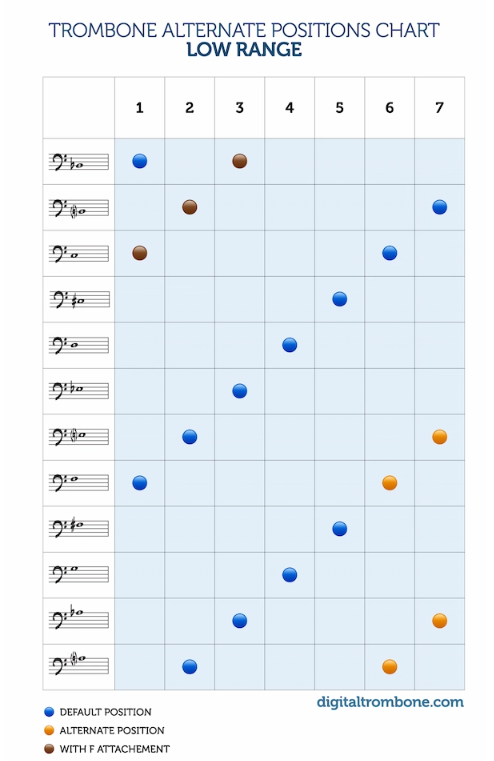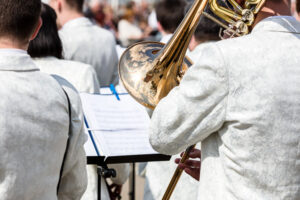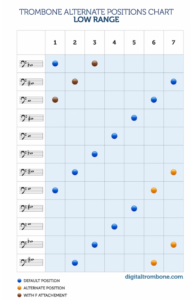The trombone is a brass instrument that has been in use for centuries, and it is known for its unique slide, which allows players to change pitches by sliding the slide in and out. The slide is a crucial element of the trombone and is an inseparable part of the instrument’s sound. In this blog post, we will explore some useful alternate positions for the trombone and discuss their pros and cons.
A Brief History of the Trombone Slide
The trombone slide has a fascinating history that dates back centuries. It is believed to have originated in the 15th century and was initially used as a religious instrument. Over time, it has evolved into a versatile instrument that is used in various genres of music, such as classical, jazz, and pop.
The trombone slide is an essential part of the instrument and is what gives it its unique sound. Without it, the trombone would not be able to produce the wide range of pitches that it can. One of the unique features of the trombone slide is that it allows players to produce notes that are not available on other brass instruments.
Useful Alternate Positions for the Trombone
The trombone has seven primary slide positions, each of which produces a different note. However, there are alternate positions that you can use to produce the same note. These alternate positions are useful because they allow the player to play the same note in different positions, which can be helpful in certain musical passages.
Here are some of the most useful alternate positions for the trombone (Credit www.digitaltrombone.com):
Pros and Cons of Using Alternate Positions
While alternate positions can be useful, they also have their pros and cons. Some advantages of using these include:
- They allow for faster and smoother transitions between notes.
- They allow for some notes to stay in the same position.
- They can make it easier to play certain passages that would be challenging to play in the standard positions.
- They can create natural slurs, great when playing grace notes
- Using F attachment alternate slide positions allow for shorter travel distance and a whole series of extended notes.
- Certain lips trills become possible with alternate positions.
- They can allow for more versatility in playing different styles of music.
However, there are also some disadvantages of using alternate positions, such as:
- They require more precise positioning of the slide, which can be challenging for beginners.
- They can result in a slightly different tone quality compared to the standard positions.
- They can be more challenging to use in certain keys, such as those with many sharps or flats.
It is essential to understand the pros and cons of using alternate positions and to practice using them to become proficient in their use.
Conclusion
In conclusion, alternate positions can be a useful tool for trombone players, but they require practice and precision to use effectively. By exploring these alternate positions and understanding their pros and cons, players can expand their range and versatility on the instrument. So, go ahead and experiment with these alternate positions to see which ones work best for you and your playing style. With practice and dedication, you can master these alternate positions and take your trombone playing to the next level.








